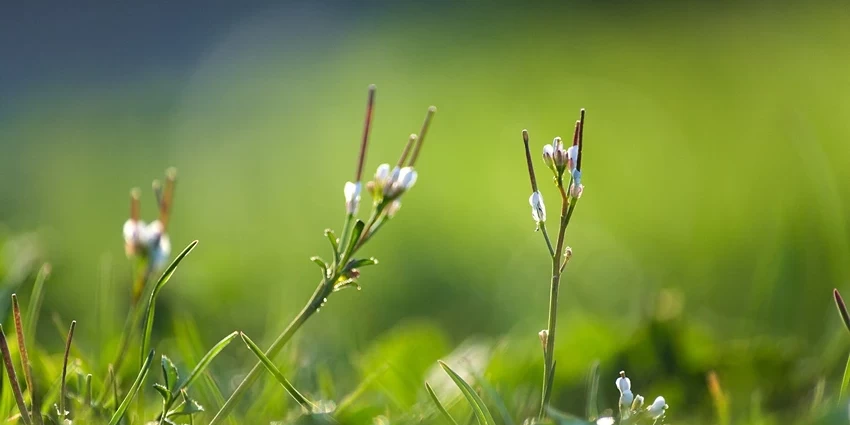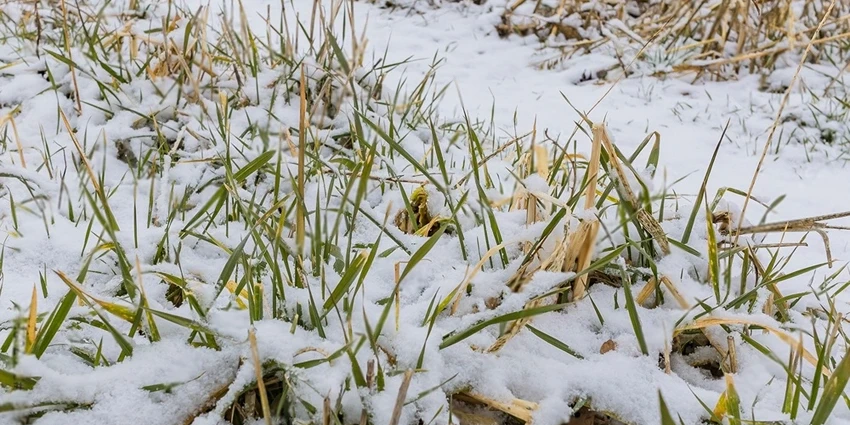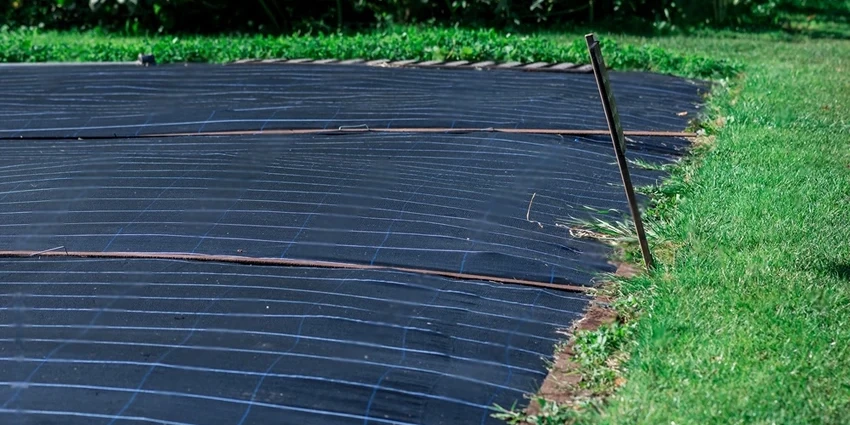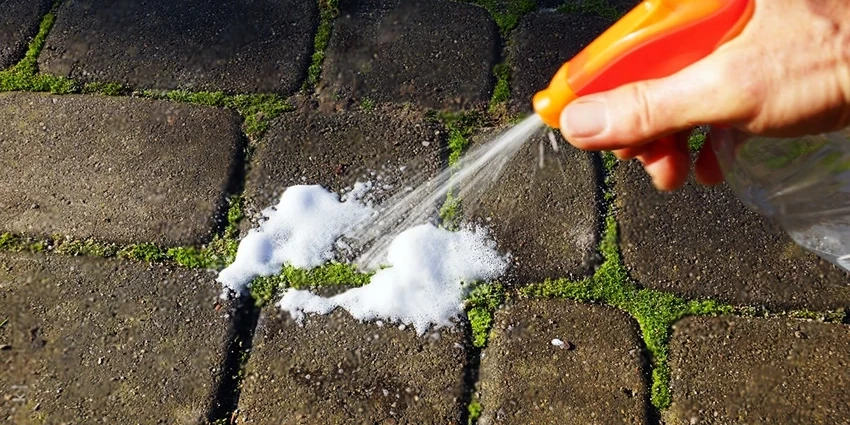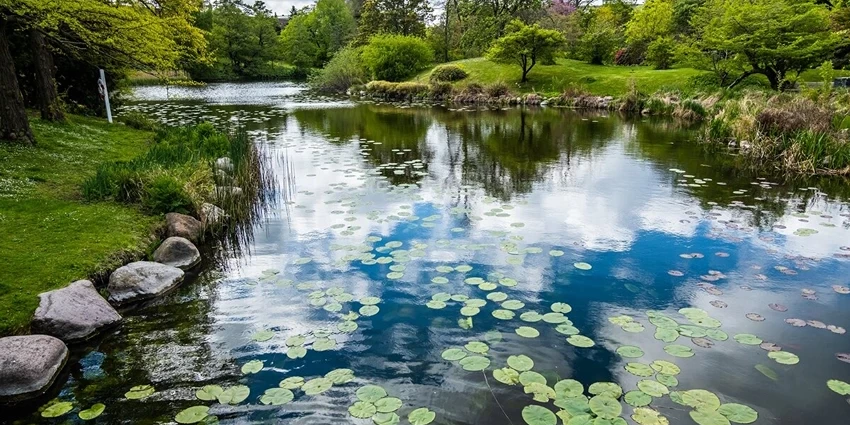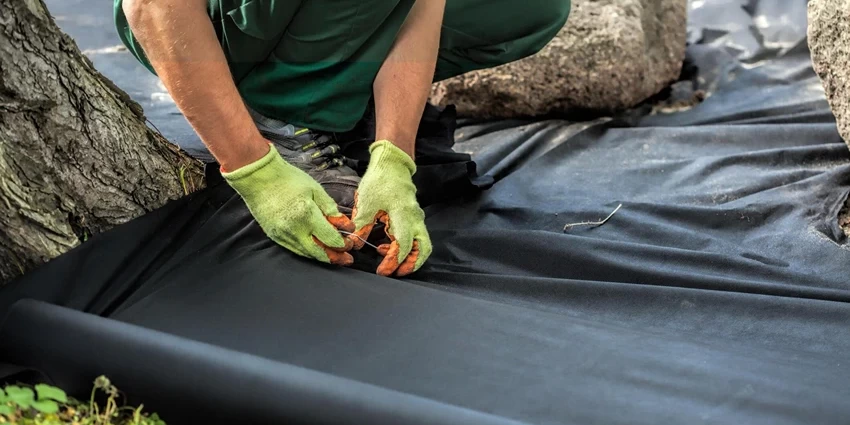All products were chosen independently by our editorial team. This review contains affiliate links and we may receive a commission for purchases made. Please read our affiliates FAQ page to find out more.
Home » Lawn Health » Annual vs Perennial Weed Control: A Comprehensive Guide for the UK Gardener
Weed control is an essential aspect of garden maintenance, particularly in the UK where diverse weather conditions can foster a variety of weed types. In this guide, we delve into the intricacies of controlling annual and perennial weeds, offering insights and strategies to maintain a healthy lawn and garden.
Introduction to Weed Control in the UK
In the British Isles, where gardening is both a passion and a pastime, understanding the nature of weeds that invade our lawns and gardens is the first step towards effective control. Weeds, unwanted plants in our gardens, can be broadly classified into two categories: annual and perennial. Each type requires a different approach for control and eradication.

Key Takeaways
- Understanding the differences between annual and perennial weeds is crucial for effective weed control.
- Various methods, both chemical and non-chemical, can be employed to manage these weeds.
- Seasonal considerations and environmental impacts are important factors in weed control strategies.
- Integrated weed management combines various approaches for more effective results.
Characteristics of Annual Weeds
Lifecycle and Growth Patterns
Annual weeds, such as hairy bittercress and chickweed, have a lifecycle that completes within a single year. They grow rapidly, flower, set seeds, and die within this period. Their fast growth rate often catches gardeners off guard.
Common Types in the UK
In the UK, common annual weeds include:
- Hairy Bittercress: Thrives in moist, recently disturbed soil.
- Chickweed: Prefers nutrient-rich, disturbed soils and can quickly cover ground.
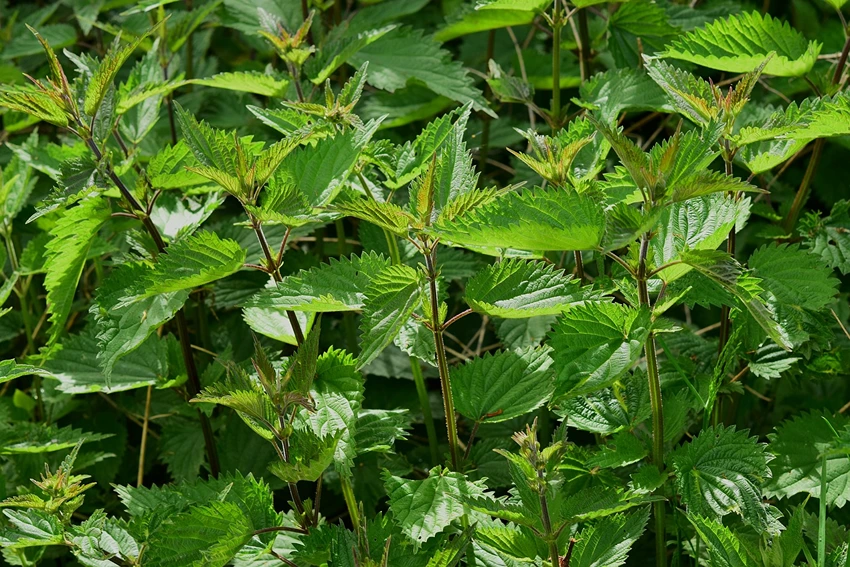
Table: Common Annual Weeds in the UK
| Weed Name | Preferred Conditions | Notable Characteristics |
| Hairy Bittercress | Moist, disturbed soil | Rapid growth, small white flowers |
| Chickweed | Nutrient-rich, disturbed soil | Fast-spreading, small star-shaped flowers |
Characteristics of Perennial Weeds
Growth and Survival Strategies
Perennial weeds, on the other hand, live for several years. They are more challenging to control due to their robust root systems, which can be either taproots or extensive underground networks. These weeds can regenerate even if the above-ground plant is removed.
Examples in the UK
Some perennial weeds common in British gardens include:
- Dandelion: Known for its deep taproot and yellow flowers.
- Nettles: Thrive in rich soil, notorious for their stinging leaves.
Table: Common Perennial Weeds in the UK
| Weed Name | Root System | Notable Characteristics |
| Dandelion | Deep taproot | Yellow flowers, wind-dispersed seeds |
| Nettles | Extensive network | Stinging leaves, thrives in rich soil |
Methods of Controlling Annual Weeds

Non-Chemical Control Methods
For those preferring eco-friendly options, non-chemical methods such as hand-pulling, hoeing, and mulching are effective against annual weeds. These methods are labor-intensive but ensure the safety of the environment and beneficial garden organisms.
Chemical Control Options
Chemical herbicides can offer a quick solution for annual weed infestations. However, their use should be judicious to minimize environmental impact. Selective herbicides that target specific weed species without harming the lawn or other plants are preferable.
Methods of Controlling Perennial Weeds
Long-Term Management Strategies
Perennial weed control requires a more strategic approach. Regular monitoring and timely intervention are key. Methods include digging out the roots, using weed barriers, and applying systemic herbicides that are absorbed by the plant and transported to the root system.
Chemical vs Non-Chemical Approaches
While chemical methods can provide immediate results, they may have environmental repercussions. Non-chemical methods, such as solarization or the use of natural herbicides, are more sustainable but require patience and persistence.
Impact of Weed Control on Lawn Health
Effective weed control is not just about aesthetics; it’s crucial for the health of your lawn and garden. Weeds compete with desirable plants for nutrients, water, and light, potentially leading to the deterioration of lawn quality. A well-maintained lawn, free from invasive weeds, is not only pleasing to the eye but also a sign of a healthy garden ecosystem.
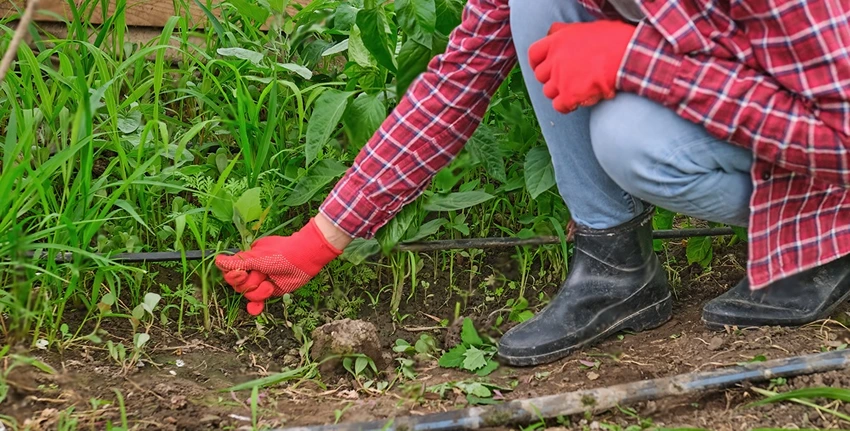
Integrated Weed Management
Integrated Weed Management (IWM) combines various methods to achieve more effective and sustainable weed control. This approach involves understanding the weed lifecycle, monitoring weed populations, and employing a combination of cultural, mechanical, and chemical methods.
Combining Different Methods
The key to IWM is using a variety of tactics:
- Cultural Controls: Includes crop rotation, planting cover crops, and improving soil health.
- Mechanical Controls: Such as tilling, mowing, and hand-pulling.
- Chemical Controls: Judicious use of herbicides as part of a broader strategy.
Table: Integrated Weed Management Strategies
| Strategy Type | Methods | Benefits |
| Cultural | Crop rotation, cover crops | Reduces weed seed bank |
| Mechanical | Tilling, mowing | Immediate weed removal |
| Chemical | Targeted herbicides | Effective for stubborn weeds |
Seasonal Considerations in Weed Control
Weed control strategies in the UK must adapt to the changing seasons. Each season presents unique challenges and opportunities for managing weeds.
Spring and Autumn Weed Control
- Spring: This is the time to tackle annual weeds before they set seed and to start controlling perennial weeds.
- Autumn: Focus on perennial weeds, as they absorb energy into their roots, making them more susceptible to systemic herbicides.
Environmental and Safety Aspects

Environmental Impact of Weed Control
The choice of weed control methods can significantly impact the environment. Chemical herbicides, while effective, can harm non-target plants and wildlife. Organic and mechanical methods are more environmentally friendly but may require more labor and time.
Safety Precautions
When using chemical treatments, it’s crucial to follow safety guidelines:
- Wear protective clothing.
- Avoid spraying on windy days to prevent drift.
- Follow label instructions carefully.
Register for our latest in-depth reviews and product round-ups from the experts.
Enter your email address below to receive our monthly review emails.
By entering your details, you are agreeing to our terms and conditions and privacy policy. You can unsubscribe at any time.
FAQs on Annual vs Perennial Weed Control
The most effective way is a combination of mechanical removal and the use of systemic herbicides, tailored to the specific type of perennial weed.
Yes, mulching can effectively suppress annual weeds by blocking sunlight and preventing seed germination.
Yes, there are herbicides made from natural ingredients that are less harmful to the environment. However, their effectiveness may vary.
This depends on the herbicide type and the weed species. Always follow the manufacturer’s instructions for application frequency.
Yes, over-watering can create favorable conditions for certain weed species, especially those that thrive in moist environments.
A passionate plant enthusiast on a mission to turn every space into a blooming haven. With a love for all things botanical, I'm your gardening guide, sharing quick tips, the joy of nurturing plants, and the belief that every day is a great day to garden. Join me in cultivating a thriving garden paradise—we'll sow, grow, and flourish together in this green revolution!


